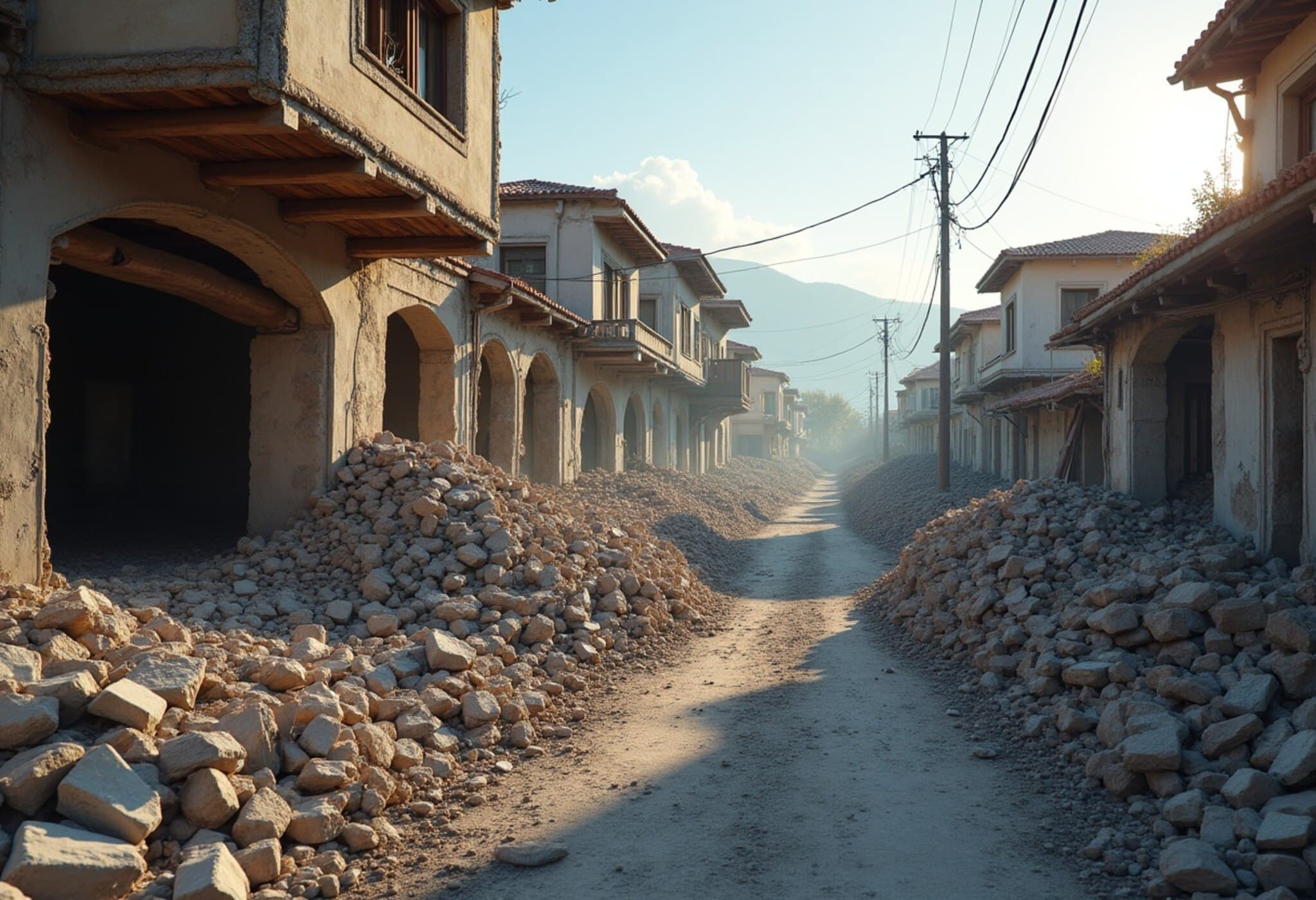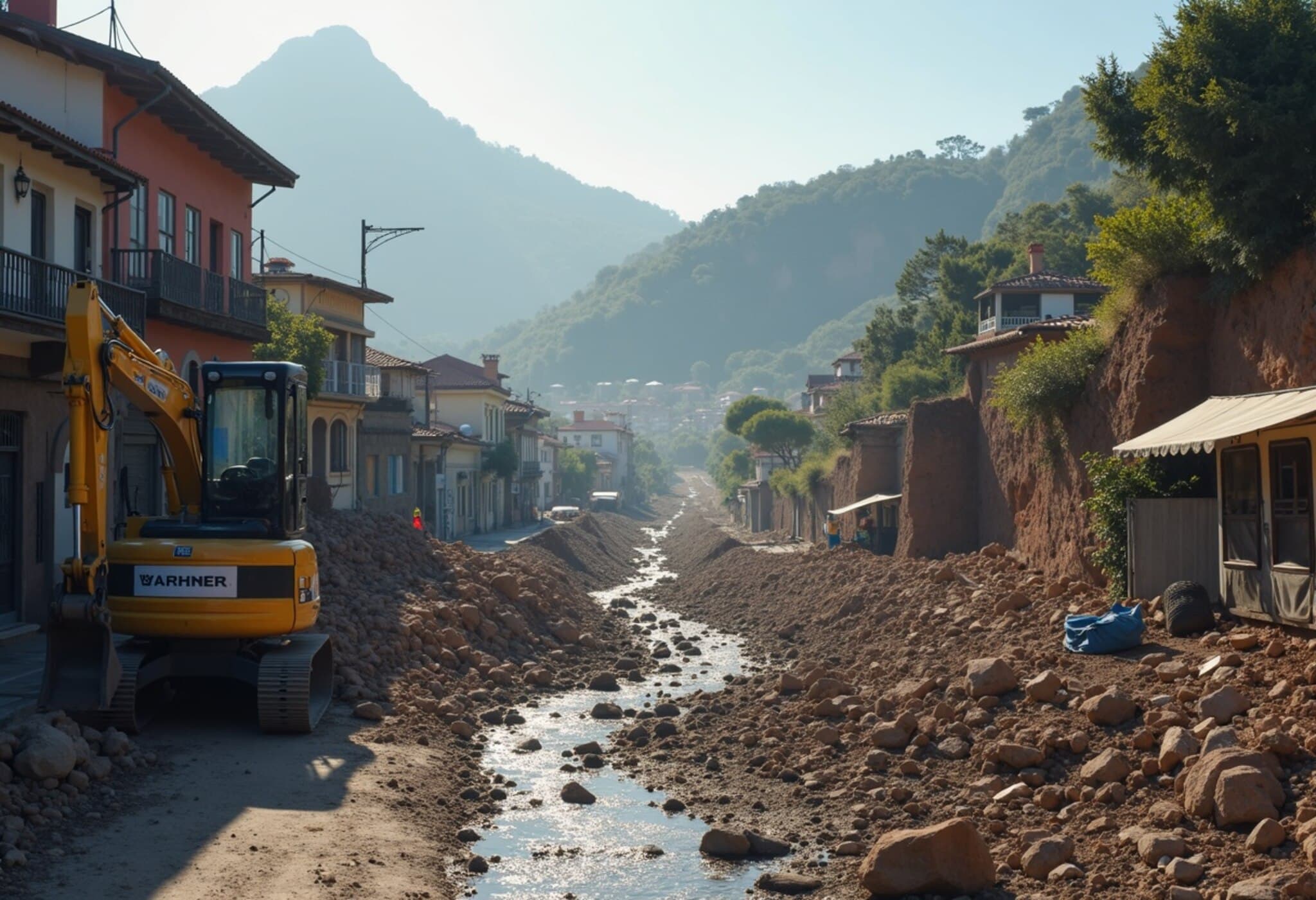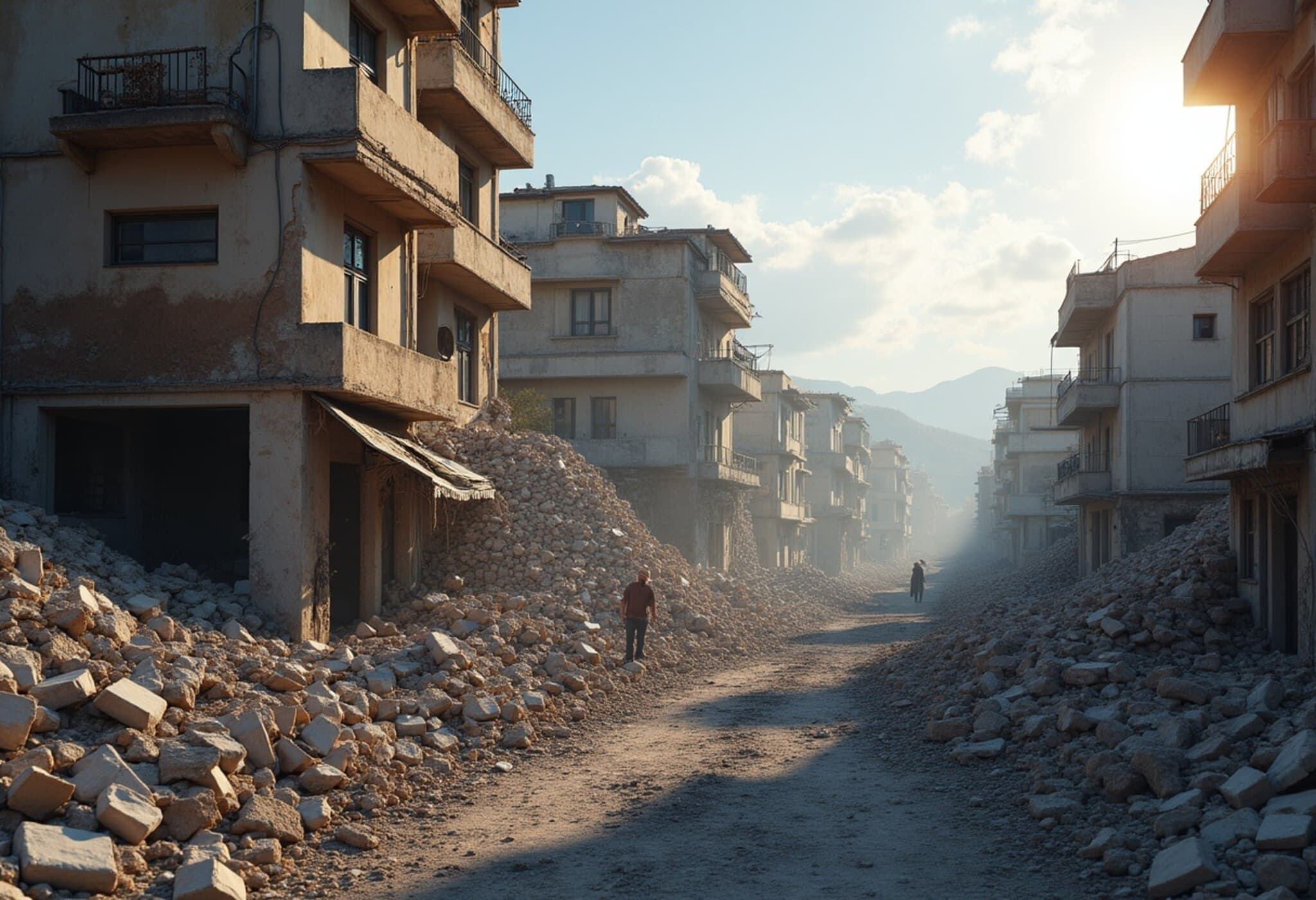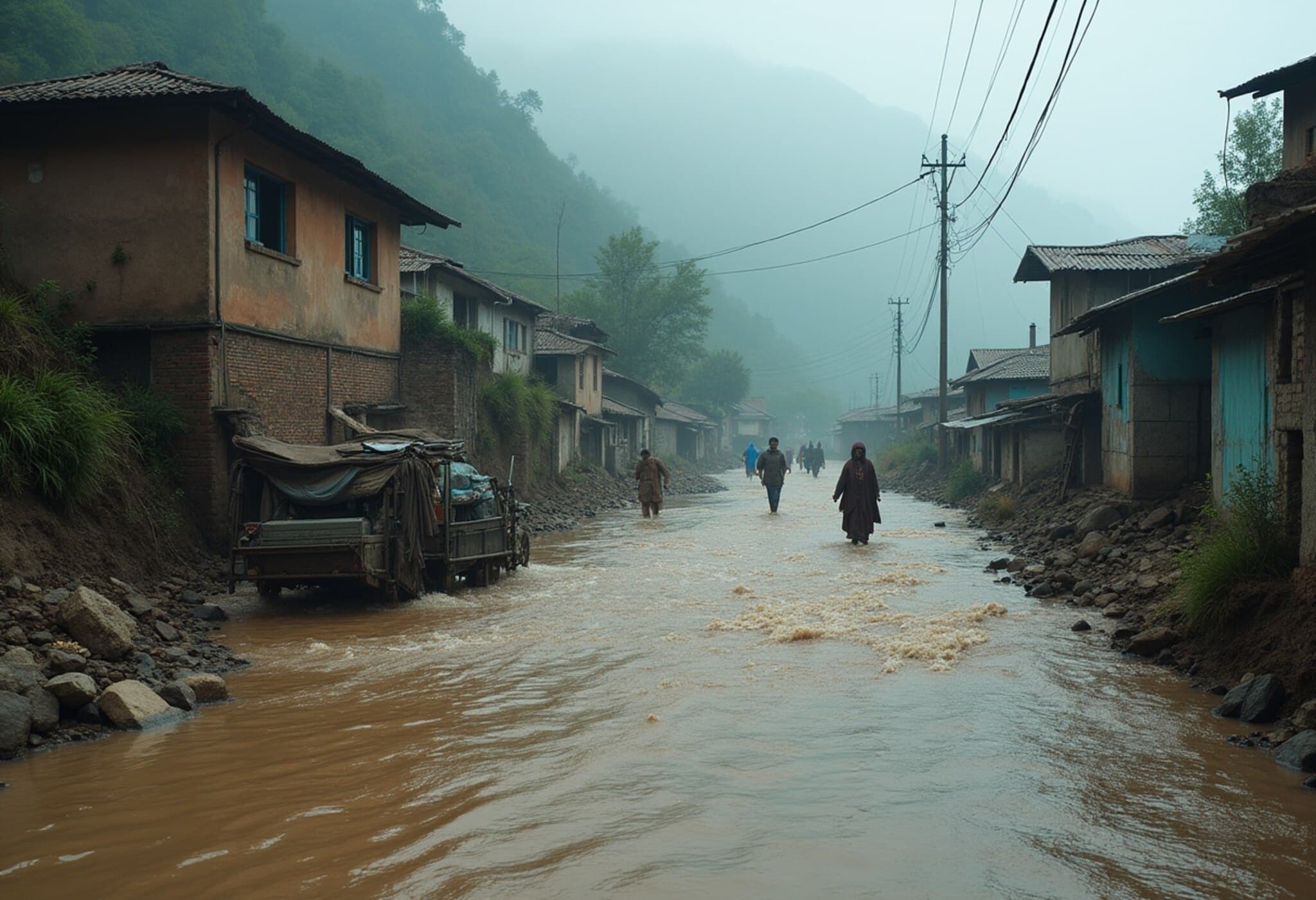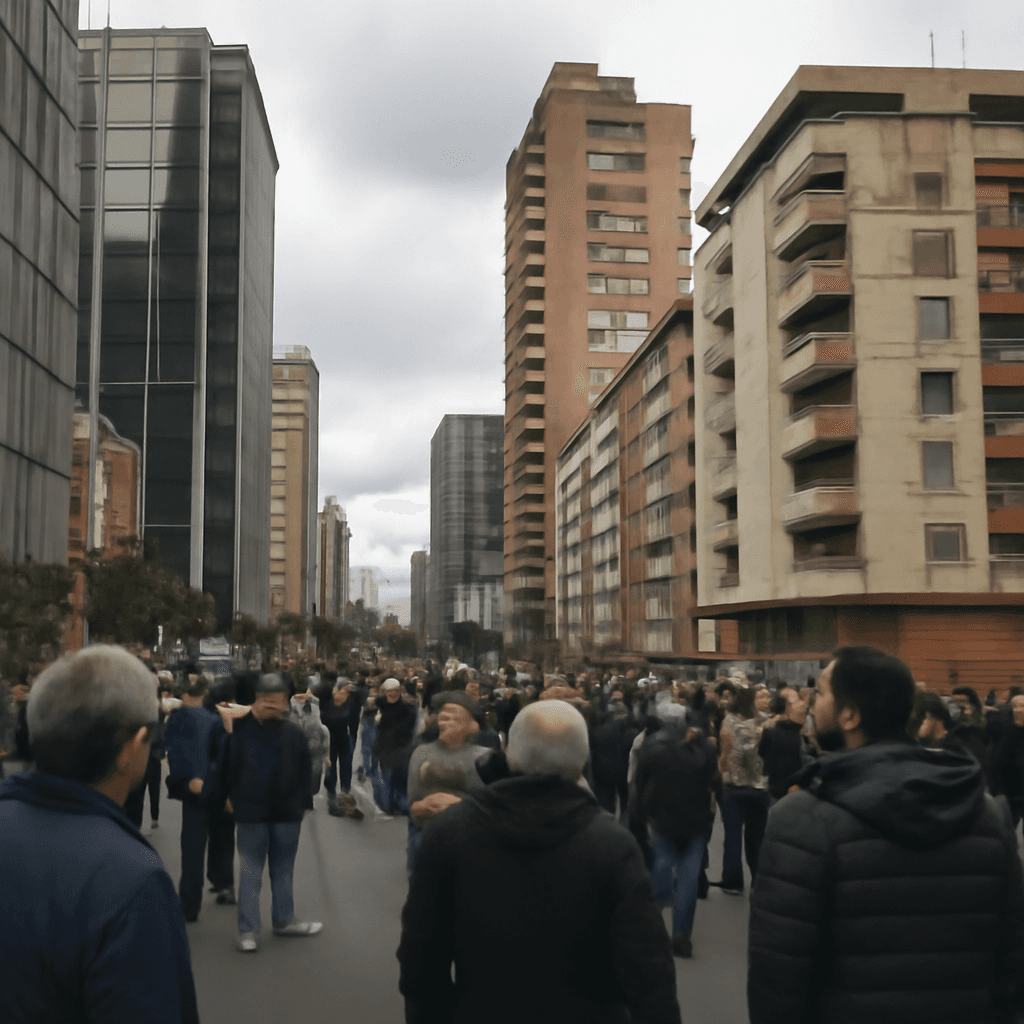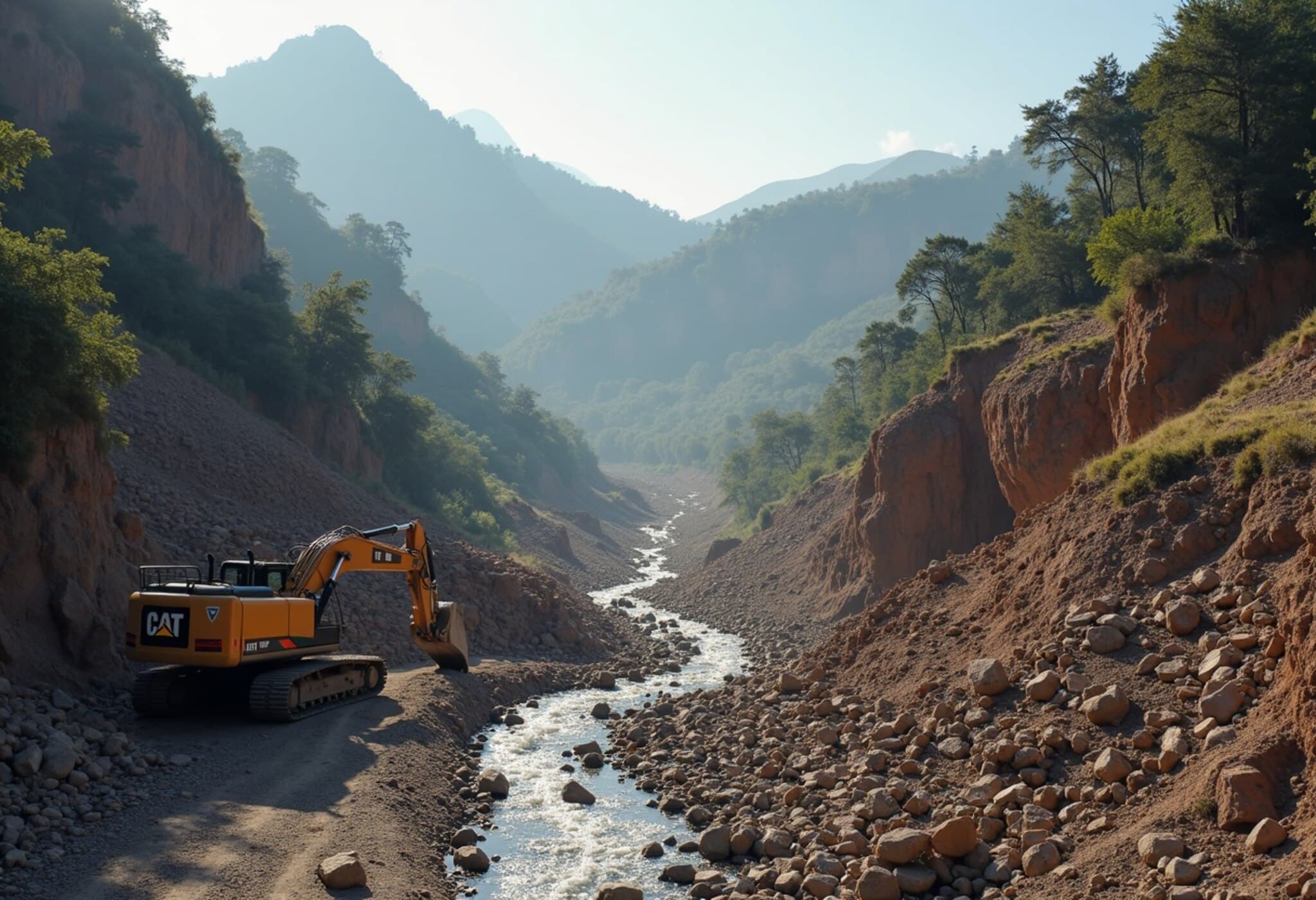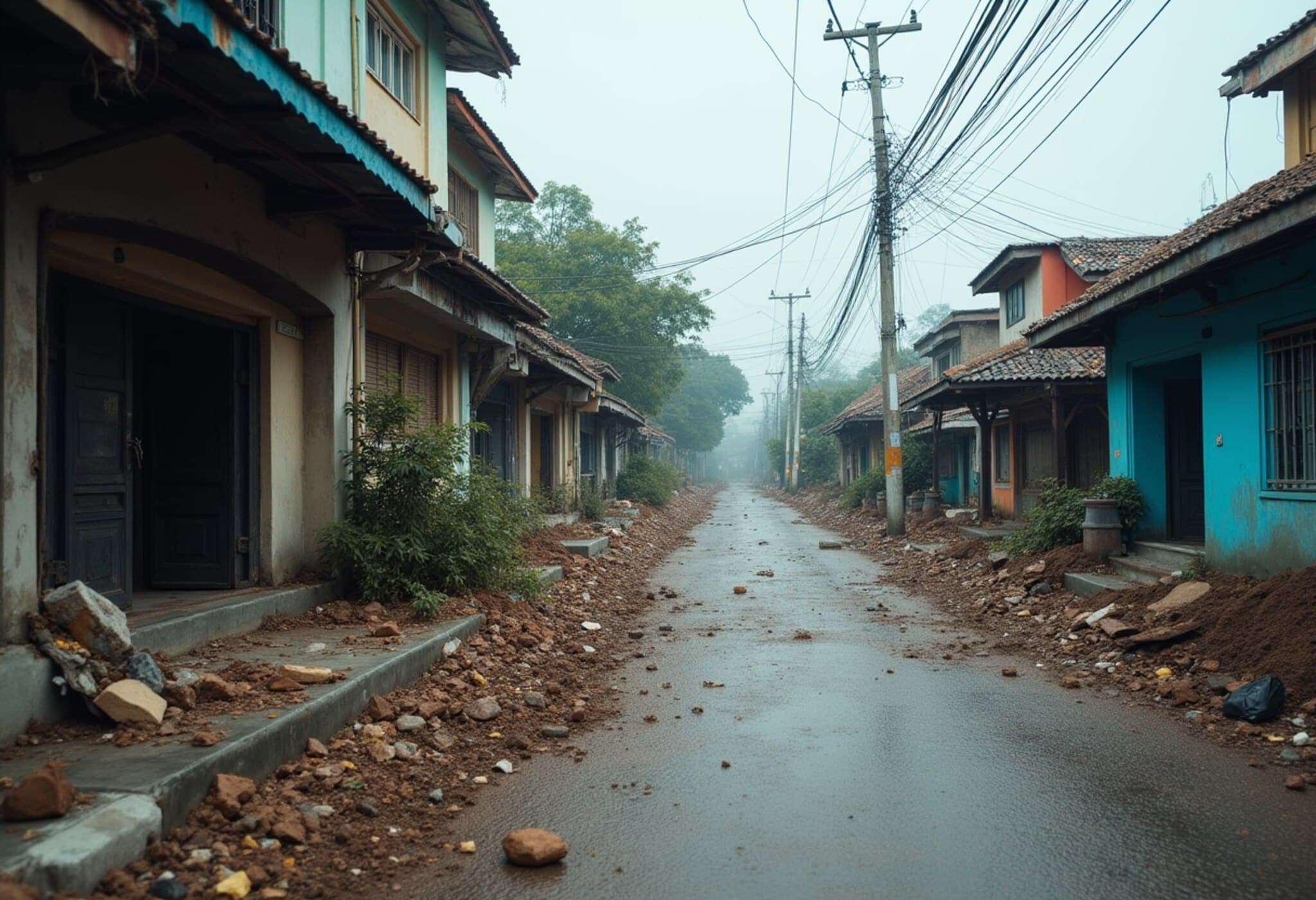Powerful 6.1 Magnitude Earthquake Jolts Northwestern Turkey
On Sunday, a 6.1 magnitude earthquake rocked western Turkey’s Balikesir province, leaving a trail of destruction and anguish. The quake’s epicenter was pinpointed near the town of Sindirgi, shaking the region violently and causing buildings to collapse, according to video footage and official reports.
Extent of Damage and Immediate Response
Balikesir, a province located approximately 200 kilometers (125 miles) south of Istanbul, bore the brunt of the seismic event. Residents as far away as Istanbul reported feeling the tremors, highlighting the quake’s expansive reach.
In Sindirgi, local authorities confirmed that about a dozen buildings were severely damaged or destroyed. The striking collapse of residential structures and a mosque’s minaret added to the community’s distress.
Sindirgi’s Mayor, Serkan Sak, told HaberTurk TV that four individuals were successfully rescued from the rubble of a collapsed building, with ongoing search efforts to locate two more. Nearby Golcuk village also faced destruction, with several homes reported to have crumbled under the quake’s force.
Casualties and Health Updates
While the situation was alarming, initial reports from Turkey’s Health Minister Kemal Memisoglu provide a cautiously optimistic update. Four people were hospitalized but none are in critical condition, and, so far, there have been no confirmed fatalities.
Balikesir’s city mayor, Ahmet Akin, expressed hope and resilience, stating, “Our hope is to get through this without any loss of life.” Such statements reinforce the urgent focus on rescue and medical aid efforts across the province.
Aftershocks and Safety Concerns
Turkey’s Disaster and Emergency Management Agency (AFAD) has registered several aftershocks following the initial quake, with the strongest reaching a magnitude of 4.6. Authorities have urged residents to avoid damaged buildings and remain vigilant, underscoring the persistent risks after a major seismic event.
Political Leadership and National Context
President Recep Tayyip Erdogan took to social media to extend his best wishes for a speedy recovery to those affected and invoked a protective blessing for the nation. Given Turkey’s geographical location atop several active fault lines, earthquakes remain a recurring natural hazard. The tragic memory of the devastating 7.8 magnitude earthquake in 2023, which claimed over 53,000 lives in Turkey and tens of thousands more in northern Syria, still looms large.
Looking Deeper: Turkey’s Seismic Vulnerability and Preparedness Challenges
Turkey’s unique positioning on the Anatolian, Eurasian, and Arabian Plates creates a perfect storm for frequent seismic activity. Balikesir province itself lies near the North Anatolian Fault, one of the most active earthquake faults in the region. Despite improvements in building codes and emergency response since the 2023 disaster, vulnerability remains—especially in rural and older urban areas where infrastructure may not be fully earthquake-resistant.
Experts argue that recurrent tremors like Sunday’s serve as stark reminders of the urgent need for continuous investment in:
- Stringent enforcement of seismic building standards.
- Community education on earthquake preparedness.
- Robust early warning systems and disaster management protocols.
Such measures are critical not only to protect lives but also to sustain economic stability, as earthquakes have far-reaching consequences on housing, business continuity, and public infrastructure.
Human Impact Amidst Statistics
Behind the numbers are families shaken, communities disrupted, and local governments mobilizing under pressure. Social cohesion and mental health, often overlooked in the wake of natural disasters, also deserve urgent attention. Recovery is not simply about bricks and mortar but about rebuilding trust, safety, and normalcy.
What’s Next for Balikesir and Turkey?
In the coming days, priority will likely focus on comprehensive damage assessment, swift humanitarian assistance, and stabilizing aftershock risks. International solidarity and technical aid may also play a role, given Turkey’s geopolitical significance and historic earthquake challenges.
For Americans and global observers, Turkey’s ongoing seismic trials underline broader lessons in disaster risk reduction, urban planning, and emergency governance relevant to quake-prone regions worldwide.
Editor’s Note
The recent Balikesir earthquake serves as a poignant reminder of Turkey’s seismic vulnerability and the complexities of disaster response in a densely populated, geopolitically significant region. While immediate physical damage has been substantial but not catastrophic, the event spotlights the need for continuous preparedness, resilient infrastructure, and comprehensive support for affected communities—beyond just initial rescue operations. As Turkey confronts its geological realities, questions remain about balancing rapid urban development with safe, sustainable growth. How can lessons from past tragedies translate into stronger, more human-centered disaster resilience? This remains the ongoing challenge.

